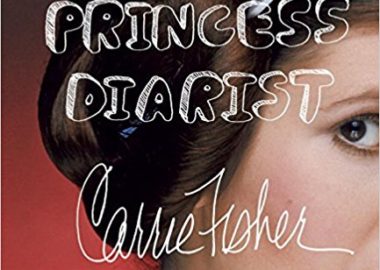
I know. ROI on social media can be a struggle, maintaining channels is a time suck, it’s hard to come up with ideas of things to post, and do people even care about social presence? Startup culture is infamous for long days, heavy workloads, and somewhat limited budgets. So how can you fit social media into your overall marketing strategy? ECHO’s guide to Social Media for Startups is here to help.
In 2015, Gary Vaynerchuk said that “social media is a slang term for the current state of the internet right now.” You wouldn’t create a startup without a website, so you shouldn’t create one without a social strategy. The key is to prioritize what’s important for you.
You wouldn’t create a startup without a website, so you shouldn’t create one without a social strategy. The key is to prioritize what’s important for you.
If you’re a B2B organization, you should probably focus on Twitter, and maybe LinkedIn. If you’re B2C, Instagram and Facebook could work, depending on your audience. If you’re got interesting visuals or are targeting a younger audience, YouTube or Snapchat could work really well. Pinterest is rarely a top priority, unless you’re in the food, beauty, or travel industries. Once you’ve picked your one or two top platforms, sign up for them – but also sign up for the other platforms you were considering.
Gerrid Smith recently wrote about startup social media strategy for Tech.co, saying:
“Keep in mind that not having a Twitter account or handle is a lot better than having your last tweet date back to a year.”
However, I have to disagree. Here’s why.
As Echo’s Community Engagement Manager, I spend a lot of time researching handles and hashtags. There’s nothing more annoying than not being able to find a brand or company on a given platform. I lose tons of time in a day searching for an account on Twitter, then googling the website, then searching said website for a tiny little bird icon. All that, just to find out they just don’t have Twitter.
Every time someone searches for you on a platform, and doesn’t find you, you miss an opportunity. Maybe someone just tried your product and wants to tag you in a social post. If you don’t have an account, you miss the opportunity to connect with that individual’s network. People are lazy. They’re not googling your brand from a social mention. But they might click a simple little hyperlink.
Lacking presence on social platforms creates a dead end. Maybe someone loves your Instagram, and want to follow you elsewhere. They search, you don’t exist, and you lose a chance to further that relationship. If you’re a startup trying to gain traction, you can’t afford to lose people in this way.
Plus, maybe Twitter isn’t important to your business right now, but how do you know Twitter won’t become important to you? I claim my @tarynah handle on every platform I can, as soon as possible, even if I don’t know I want it. Instagram? Got it. Peach? Got it. Medium? Got it. (Don’t talk to me about Twitter, I’ve been trying to get it for years.)
So, now you have a bunch of matching (or close to matching) social handles. You’ll optimize each channel’s imagery and description to be consistent with your brand and with each other. Then, you’ll think about your goals and strategy for each channel, and create a content calendar that fits your schedule. Now you’re ready for the part that’s extra-special for everyone in startups. Don’t tell your non-startup marketing friends I said this.
Cheat.
Populate your secondary channels from your primary ones. Use your Instagram feed to populate your Twitter account. Upload your Snapchat videos to Facebook. Cross-promote your LinkedIn posts to Google+. It’s not the ideal use for each platform, but with limited time and resources, it ensures that if someone stumbles across your page, they can tell who you are, what you do, and can see that you still exist. A great example of this is Vancouver-based retailer Plenty. Since their primary target demographic is the fashionable and trend-conscious 20-35 year old woman, Instagram is a great platform for them. Years ago, their priority was Twitter, but once Instagram gained popularity, they transitioned onto the image-focused platform, and started feeding the content through to Twitter. The result? Two up-to-date feeds that represent their brand.
Therefore, here’s my twist on Gerrid’s quote from above:
“Keep in mind that having a Twitter account populated with Instagram posts is a lot better than having no Twitter account at all.”
Of course, as with all marketing, these decisions depend on your business. If your target demographic is technology-incapable individuals between the ages of 85 and 100, maybe social media isn’t a concern for you. But for everyone in the startup world, it matters. So focus on the platforms that are most important to you, and cheat for the rest.





